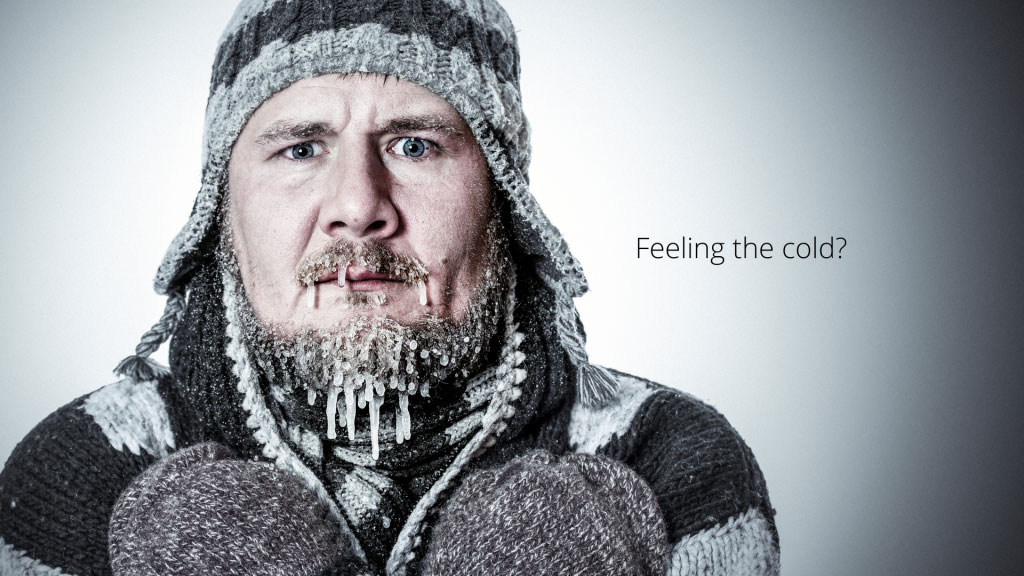Winter season = Chilblains

Some people love it, some people hate it! No matter which side you’re on – the Winter Season is here!
As a result of the freezing weather we have seen over the last 2 weeks, one of our more common Winter foot complaints has again returned to East Gosford Podiatry.
What is it? Chilblains.
All of our Podiatrists have seen a sudden return of Patients presenting with icy cold, painful toes. This is due to the very sudden cold weather change, accompanied by those crazy winds we saw 2 weeks ago.
What are Chilblains?
Chilblains often present as painful patches of discolored (often red, blue, or white), swollen and itchy skin, thought to be caused by a combination of repeated exposure to cold weather and poor circulation.
For instance, Toes are particularly vulnerable, but other extremities that can develop chilblains include fingers, earlobes and the nose.
Common Symptoms
Signs and symptoms may include:
- Sore toes
- Feet and toes that are icy cold to touch.
- Small, itchy red areas on your skin, often on your feet or hands
- Possible blistering or skin ulcers
- Swelling of your skin
- Burning sensation on your skin
- Changes in skin colour from red to dark blue, accompanied by pain
What increases your risk of getting Chilblains?
Factors that may increase your risk of chilblains include:
- Wearing tight-fitting clothing and shoes in cold, damp weather may make you more susceptible to colder conditions.
- Skin that’s exposed to cold, damp conditions is more likely to develop chilblains.
- For instance, Women are more likely to get chilblains than Men.
- Being underweight. People who have a lighter build, often feel the cooler conditions more than someone with a heavier build carrying a little more body fat. This could be the one positive if you’re getting around with a little bit of that extra ’covid lockdown’ padding.
- Poor circulation. People with poor circulation tend to be more sensitive to changes in temperature, making them more susceptible to chilblains.
- Autoimmune disorders can increase your susceptibility. Lupus, for example, is the most common autoimmune disorder associated with chilblains.
What can you do to try and avoid Chilblains?
- Do what you can to avoid or limit your exposure to cold temperatures. This includes keeping your whole body warm, not just your feet and hands.
- Dress in layers of loose clothing and wear warm thicker socks and water-resistant footwear.
- Stay active. Keeping your muscles working and your blood flow pumping will help keep your body temperature up.
- Cover all exposed skin as completely as possible when going outside in cold weather.
- Keep your feet and face dry and warm.

Keep your feet warm during the cold months
Concerned you may have Chilblains, and would like a professional opinion? Similarly, have you had suspected Chilblains for a while, and they won’t go away?
Come and see one of our Podiatrists. We will assess your foot health, confirm if your suspicion of chilblains is correct and give you some management strategies to get you through these cooler months in comfort.
